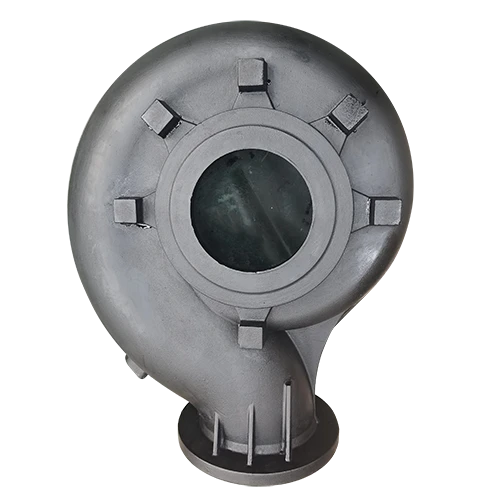Mobile:+86-311-808-126-83
Email:info@ydcastings.com
Low Pressure Casting - Precision Metal Casting Solutions
Low Pressure Casting An Efficient and Reliable Metal Casting Technique
Low pressure casting is a widely recognized method in the metal casting industry, known for its efficiency, precision, and ability to produce high-quality components. This technique is increasingly gaining popularity, particularly in the production of aluminum and magnesium alloys. It combines the advantages of both sand casting and high-pressure die casting, offering unique benefits that cater to various industrial applications.
In low pressure casting, molten metal is poured into a mold using a controlled, low-pressure gas system. This process begins with the placement of the mold in a vertical position. The molten metal is then introduced through a furnace, where it is heated to the desired temperature. A low-pressure gas, typically nitrogen or argon, forces the molten metal into the mold cavity. This controlled flow helps to minimize turbulence, ensuring that the metal fills every crevice of the mold, which leads to enhanced surface finish and dimensional accuracy.
One of the primary advantages of low pressure casting is its ability to produce complex shapes with excellent surface quality. The process allows for intricate designs and maintains tight tolerances, which are crucial in industries such as automotive and aerospace. Components produced through this method often exhibit superior mechanical properties, including increased strength and reduced porosity. The low pressure environment minimizes the risk of gas entrapment, ensuring the integrity of the final product.
low pressure casting

Another significant benefit of low pressure casting is the reduced material waste compared to other casting processes. The controlled filling and solidification reduce the need for extensive machining after casting, which can significantly lower production costs. Additionally, the efficiency of this method allows for faster cycle times, contributing to higher productivity and throughput in manufacturing settings.
Low pressure casting also offers environmental advantages. The process tends to produce fewer emissions compared to traditional casting techniques, as it requires less energy and uses less raw material. The ability to recycle scrap metal further enhances its sustainability profile, making it an eco-friendly choice for modern manufacturing.
While low pressure casting is a versatile process, it is not without its challenges. The initial investment in specialized equipment for this casting technique can be substantial. Furthermore, the design of molds and the selection of appropriate materials are crucial for achieving optimal results. However, with advancements in technology, these challenges are becoming increasingly manageable, making low pressure casting a viable option for a broader range of applications.
In conclusion, low pressure casting represents a sophisticated and effective method for producing high-quality metal components. Its ability to create complex shapes, while minimizing waste and environmental impact, makes it a favored choice for industries seeking efficiency and reliability. As technology continues to advance, we can expect to see further innovations in low pressure casting, solidifying its place in the future of manufacturing. Whether in automotive, aerospace, or other sectors, this method is poised to remain at the forefront of metal casting techniques.
-
Understanding Metal Casting TechniquesNewsApr.02,2025
-
Understanding Exhaust Manifolds for Enhanced Engine PerformanceNewsApr.02,2025
-
The World of Metal FabricationNewsApr.02,2025
-
Key Components for Pump and Turbo EfficiencyNewsApr.02,2025
-
Essential Tools for Automotive Maintenance and RepairNewsApr.02,2025
-
Durable Valve Components for Effective Water ManagementNewsApr.02,2025











